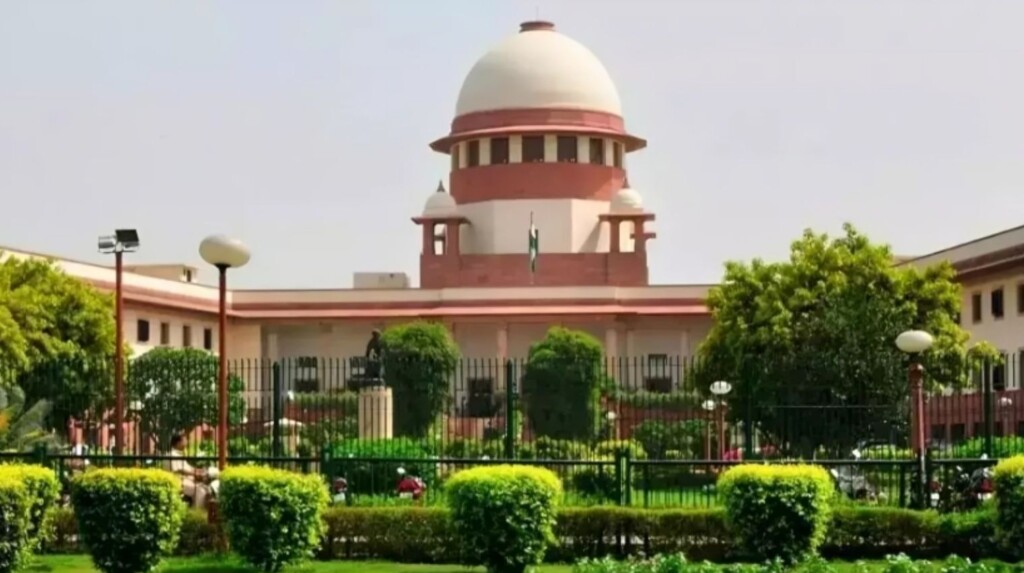In a significant development, the Supreme Court has dismissed the pleas requesting 100% cross-verification of Electronic Voting Machines (EVMs) data with Voter Verifiable Paper Audit Trail (VVPAT) records. The verdict was delivered by Justices Sanjiv Khanna and Dipankar Datta. Although the cases were initially reserved for orders on April 18, they were relisted on April 24 to seek technical clarifications from the Election Commission. After considering the responses provided, the orders were announced today. It is worth noting that both judges have written separate but concurring judgments on the matter. Justice Khanna, referring to the conclusions of the judgments, stated in court that the prayers for reverting to ballot paper voting, complete EVM-VVPAT verification, and providing VVPAT slips to voters have all been rejected. He further explained that this decision was made after considering the existing protocol, technical aspects, and the data on record.
Two directions issued
Two directives have been issued.
- After the symbol loading process in the VVPAT is finished on or after 01.05.2024, it is required to seal and secure the Symbol Loading Unit (SLU) in containers. The candidates or their representatives must sign the seal. These sealed containers, which hold the SLUs, should be stored in the strong rooms along with the EVMs for a minimum of 45 days following the announcement of results. They should be opened, inspected, and handled in the same manner as the EVMs.
- The Control Unit, Ballot Unit, and VVPAT, which make up 5% of the EVMs in each assembly segment of the Parliamentary constituency, will undergo a thorough check and verification of their burnt memory semi-controller. This verification will be carried out by a team of engineers from the EVM manufacturers, upon receiving a written request from candidates who are ranked 2nd and 3rd, following the candidate with the highest number of votes. The candidates or their representatives must provide the polling station or serial number to identify the specific EVMs. All candidates and their representatives have the option to be present during the verification process. The request for verification must be submitted within 7 days of the declaration of the election results. The District Election Officer, in coordination with the team of engineers, will certify the authenticity and integrity of the burnt memory microcontroller. The expenses incurred for this verification will be communicated by the ECI, and the candidate who made the request will be responsible for making the payment. However, if the EVMs are found to be tampered with, the expenses will be refunded.
In addition, Justice Khanna requested the ECI to explore the possibility of using an electronic device for tallying the paper slips and to consider incorporating a bar code for each political party alongside their symbol.
Justice Datta, in relation to the supplementary aspects of his ruling, emphasized that having blind mistrust in a system can result in unnecessary skepticism; rather, a critical and constructive approach based on evidence and logic should be adopted to uphold the credibility and efficiency of the system.
It is worth mentioning that the issuance of the judgment aligns with the commencement of phase 2 of the Lok Sabha Elections 2024.
Background
The NGO-Association for Democratic Reforms, Abhay Bhakchand Chhajed, and Arun Kumar Aggarwal submitted petitions requesting that all VVPATs be verified instead of the current practice of cross-verifying EVM votes with VVPATs in only 5 randomly selected polling stations in each assembly constituency. They also asked for measures to ensure that a vote is ‘recorded as cast’ and ‘counted as recorded’.
The Election Commission of India (ECI) opposed the petitions, arguing that they were an attempt to sow doubt over the reliability of EVMs and VVPATs on unfounded grounds. The ECI contended that manually counting all VVPAT paper slips, as proposed, would be both labor-intensive and time-consuming, and could be susceptible to human error and manipulation. Additionally, the ECI maintained that EVMs are tamper-proof and that voters do not possess the fundamental right claimed by the petitioners.
